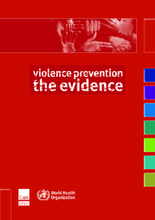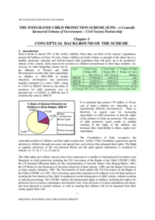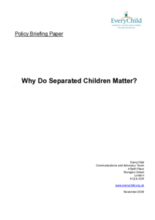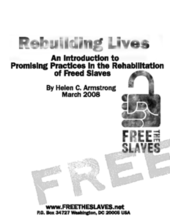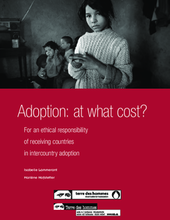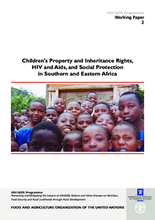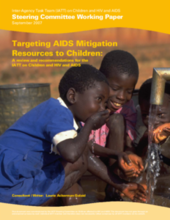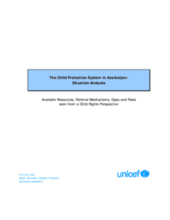Displaying 301 - 310 of 341
This report brings together an eight-part series of briefings on the evidence for interventions to prevent interpersonal and self-directed violence. By spotlighting evidence for the effectiveness of interventions, the series provides clear directions for how violence prevention funders, policy makers and programme implementers can boost the impact of their violence prevention efforts.
In 2006 the Indian Ministry of Women and Child Development proposed the adoption of an Integrated Child Protection Scheme (ICPS), which was adopted and launched by the central government in 2009-2010. Recognizing chronic under funding of child protection services in the country and major gaps in the system, the ICPS was expected to significantly contribute to the realization of Government/State responsibility by creating a system that would effectively and efficiently protect children.
Evaluation of the need for increased understanding and inclusive responses to highly marginalized and separated children.
A manual for starting and improving rehabilitation and recovery services for freed slaves, including child victims of slavery, trafficking, the worst forms of child labor, and forced marriages.
A comparative study on the ethical responsibility of receiving countries of intercountry adoption.
Discusses the bi-directional relationship between HIV/AIDS and agriculture, food security, and rural livelihoods, including the relationship between HIV/AIDS and children’s property and inheritance rights
Evaluates AIDS mitigation and targeting with child sensitive objectives and global guidance
Analyzes emerging protection problems and priorities of children living in Azerbaijan. Drafts a map of the institutional system related to child welfare at a national level.
This report provides concrete examples for addressing the complicated and prevalent issue of child labor.
This report is based on interviews with more than fifty street children in the Democratic Republic of Congo––children who might not necessarily be without families, but who live without meaningful protection, supervision, or direction from responsible adults.

